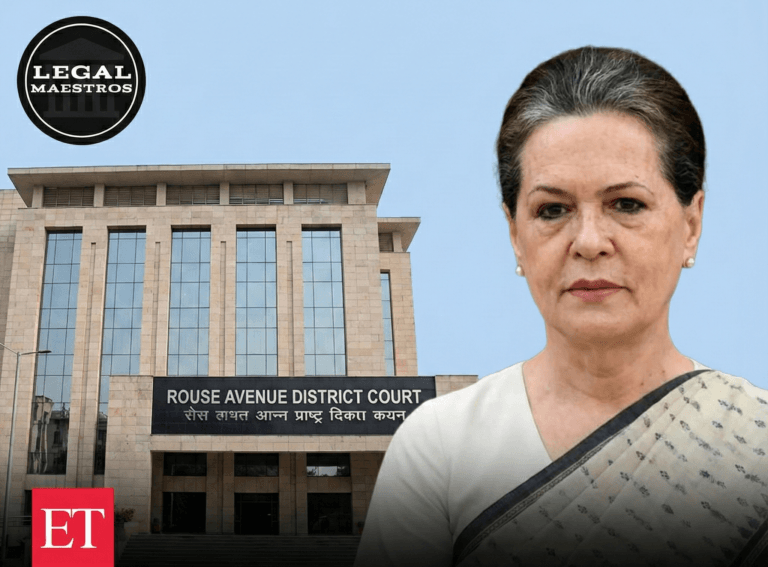
Key Legal Differences Between Kidnapping and Abduction Under Indian Law
**Definition and Scope**
Section 359 to Section 361 IPC deals with the issue of kidnapping. It further divides into two types: kidnapping from India and kidnapping from lawful guardianship. According to Section 360, kidnapping from India is defined as an act which conveys any person beyond the territorial waters of India without that person’s consent or without someone who is so authorized to consent on his behalf. Section 361 defines kidnapping from lawful guardianship as taking or enticing away a minor—meaning a male under 16 years of age or a female under 18 years of age—or a person of unsound mind, from their lawful guardian without the guardian’s consent. What makes this offense is the fact that there has been an illegal taking away of people who legally fall under another’s care.
For any queries or to publish an article or post or advertisement on our platform, do call at +91 6377460764 or email us at contact@legalmaestros.com.
Abduction is defined under Section 362 of the IPC. This is where one compels or induces a person to move from one place to another by the use of force or deceitful means. Abduction differs from kidnapping in the sense that abduction can apply to any age, and it is not necessarily concerned with removing a person from lawful guardianship. The emphasis is on the mode used-force or deceit-to cause the person to move.
**Age Factors**
A key difference between kidnapping and abduction is the age of the victim. Kidnapping applies specifically to minors; males under 16 years and females under 18 years of age, and also to people of unsound mind. The law deems that such people cannot give legal consent, and therefore, moving them away without the consent of the guardian amounts to a crime.
Abduction is not age-specific; it can involve any age group. The critical factor is the use of force or deceit to induce the person to move. Therefore, even if an adult is compelled or deceived into going from one place to another, it can amount to abduction under the IPC.
**Consent and Intent**
The consent of the minor or person of unsound mind is irrelevant in cases of kidnapping from lawful guardianship. In this case, the law puts more emphasis on the guardian’s consent, and taking or enticing the individual away without such consent is considered kidnapping, regardless of the individual’s personal willingness or acquiescence.
It is, however based on the unwillingness of the abducted person. The offense is established if the person is forced into movement without his willing consent. If a person willingly accompanies another without force or deceit, the act may not be abduction.
**Nature of the Offense
Kidnapping is a substantive offense. The mere act of taking or enticing away a minor or person of unsound mind from their lawful guardian without consent completes the offense. The intention behind the act is immaterial; the unlawful removal itself is sufficient to constitute kidnapping.
Abduction is a subsidiary act and becomes an offence when the abduction is coupled with a certain intent, as to commit some other offence or crimes like murder, ransom or forced marriage, etc. Intent in the present case is determining the seriousness of the offense along with its character.
**Criminal Liability Punishments**
Section 363 of the IPC prescribes that whoever kidnaps any person from India or from lawful guardianship shall be punished with imprisonment of either description for a term which may extend to seven years, and shall also be liable to fine.
The punishment can be for abducting varies with the intention and purpose for which the act is done. For example, Section 364 deals with kidnapping or abducting with intent to murder, prescribing imprisonment for life or rigorous imprisonment for a term that may extend to ten years, along with a fine. Similarly, Section 364A addresses kidnapping for ransom, etc., and prescribes the death penalty or imprisonment for life, and also a fine, for offenses involving kidnapping or abduction with the intent to hold someone for ransom.
**Judicial Interpretations and Case Law**
Indian courts have deliberated extensively on the nuances distinguishing kidnapping and abduction. In the case of *State of Haryana v. Raja Ram* (1973), the Supreme Court clarified that in offenses under Section 361, the consent of the minor is immaterial, and what matters is the consent of the lawful guardian. This Court clarified that the purpose of this section is to protect minors and persons of unsound mind from being seduced or taken away from their guardians.
In *S. Varadarajan v. State of Madras* (1965), the Supreme Court differentiated between “taking” and “permitting a minor to accompany.” The Court ruled that it was not “taking” or “enticing” in the sense of Section 361 merely because a minor is permitted to accompany the accused, especially if the minor without any inducement or compulsion joins the accused voluntarily.
**Academic Views**
Legal scholars have analyzed the distinctions between kidnapping and abduction to elucidate their unique characteristics. In his authoritative text, “The Indian Penal Code,” jurist Ratanlal Ranchhoddas explains that kidnapping is an offense against the lawful guardianship and is complete upon the removal of the minor or unsound person from such guardianship without consent. He contrasts this with abduction, which he describes as an offense against the person, requiring force or deceit to compel someone to move from one place to another.
Similarly, in “Criminal Law: Cases and Materials,” legal scholar K.D. Gaur puts forward the fact that the distinction mainly rests on the kind of offenses. Kidnapping is a crime against guardianship, as it protects minors and those of unsound mind. Abduction is a crime against the person because it centers around the means employed to move an individual.







